Housesteads Roman Fort
Military In Hexham, Northumberland
A Roman Fort that forms part of Hadrian's Wall at the frontier of the Roman Empire.
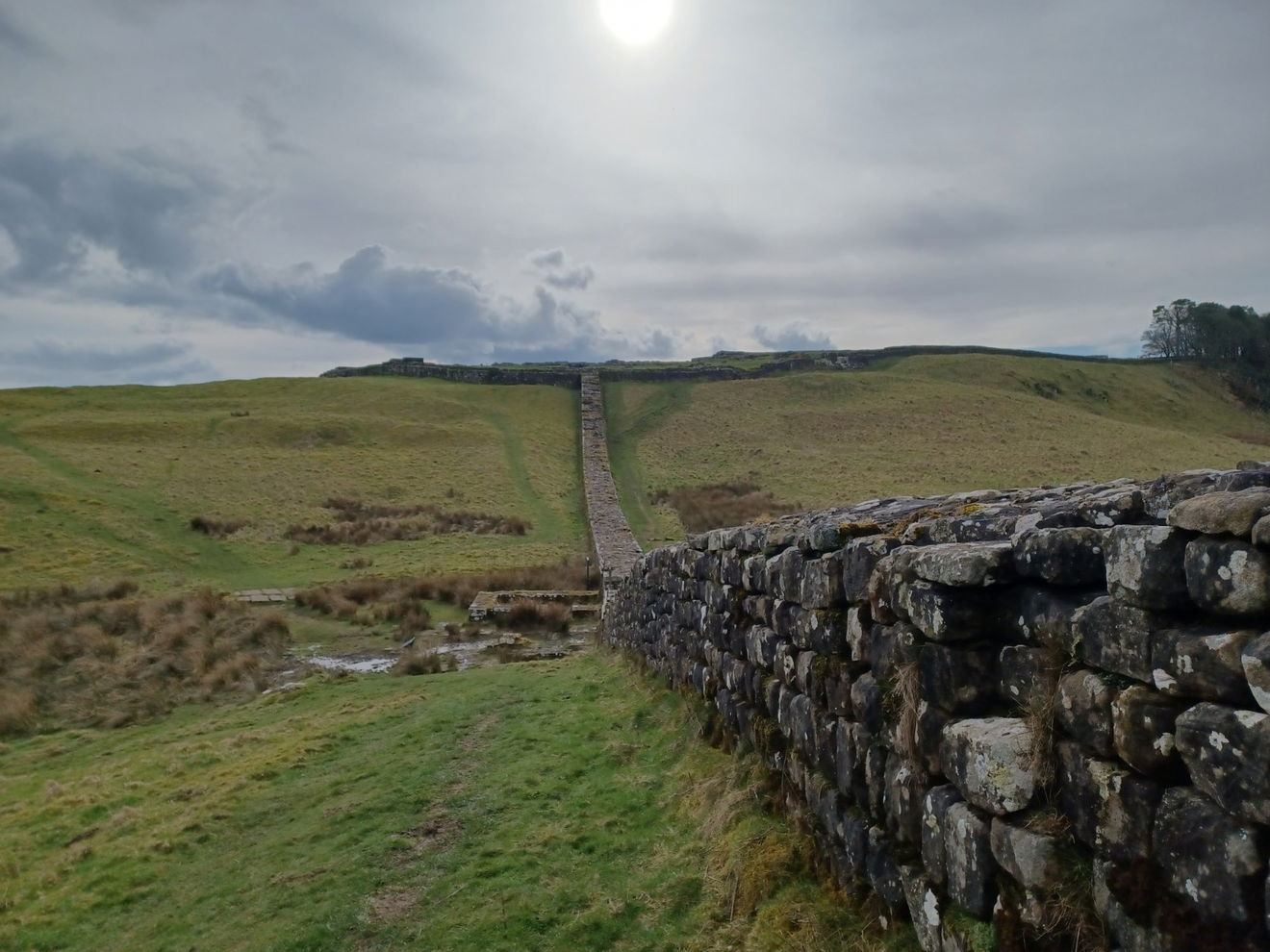
For over 1900 years the fort of Housesteads has stood on the Whin Sill plateau in Northumberland and actually pre-dates Hadrian's Wall itself. While it lies in ruins today, it still offers a valuable insight into the life and times of its inhabitants on the northern edge of the Roman frontier.




Housesteads' story begins around 73 AD, shortly after the Roman conquest of northern England. Recognising the strategic importance of the Whin Sill, a natural escarpment offering panoramic views across the valleys below, the Romans established a series of forts along its length. Housesteads, known as Vercovicium to the Romans, was one of these early outposts.
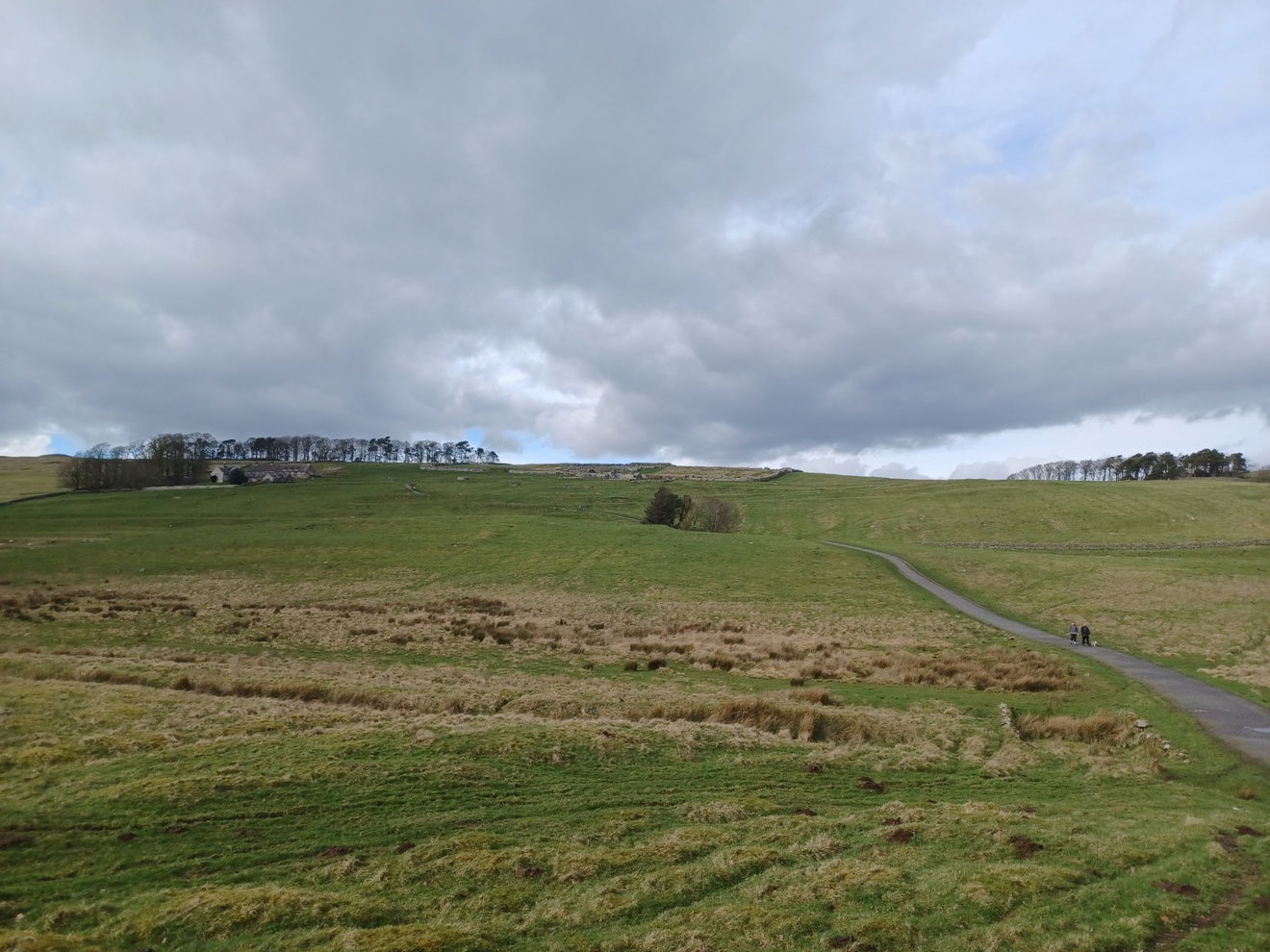
The initial fortifications at Housesteads were relatively modest, consisting of timber buildings and earthwork defences. These early years saw frequent skirmishes with the native Caledonian tribes, highlighting the fort's crucial role in securing the frontier. Archaeological evidence suggests that the inhabitants of Housesteads during this period were primarily auxiliary units, soldiers recruited from various corners of the vast Roman Empire.
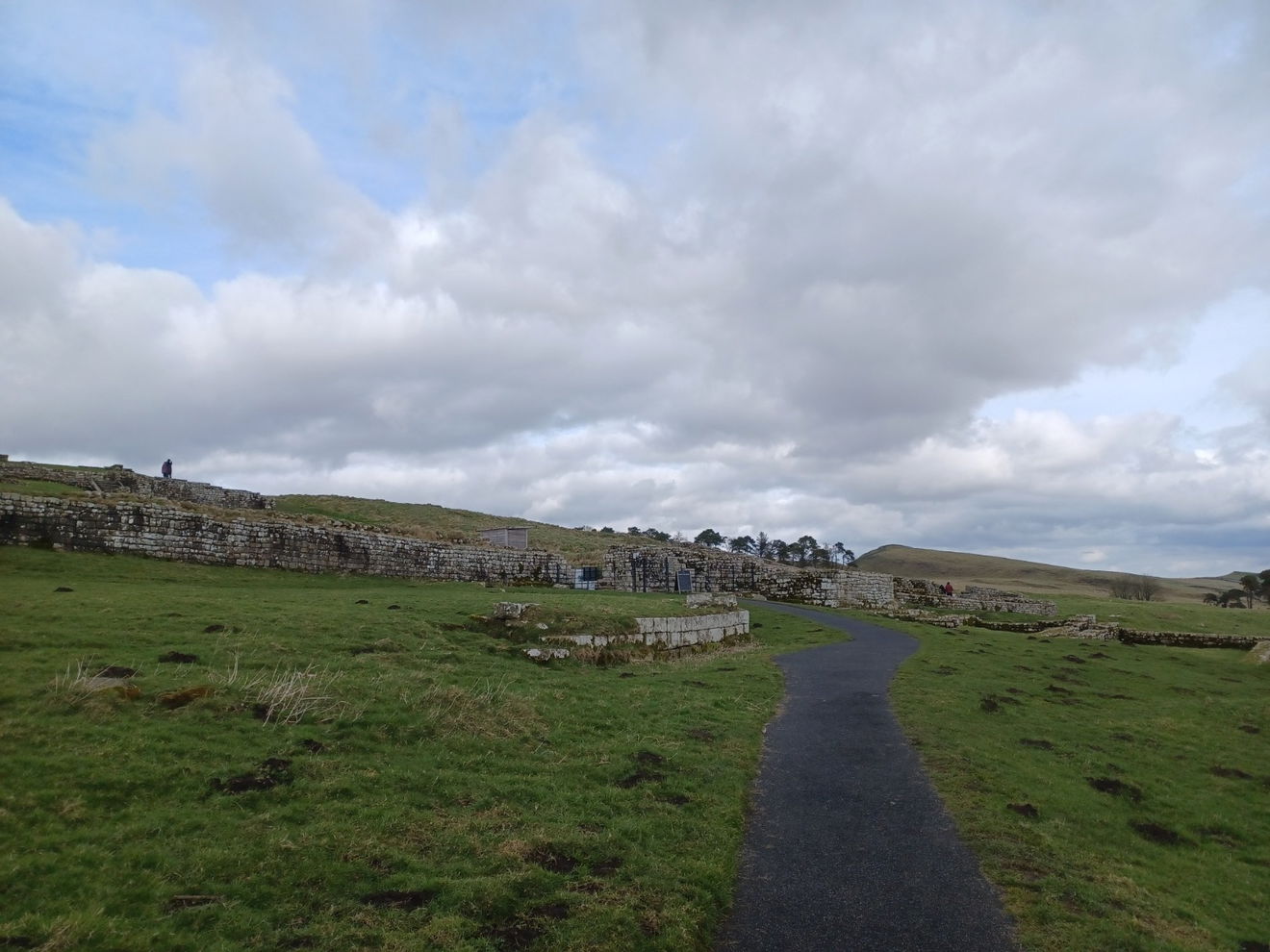
The construction of Hadrian's Wall in the 120s AD significantly impacted Housesteads. While positioned just south of the Wall itself, Housesteads remained a vital link in the defensive network. Its strategic position offered a commanding view of the surrounding terrain, allowing for early warning of potential incursions and facilitating communication between other forts along the Wall.
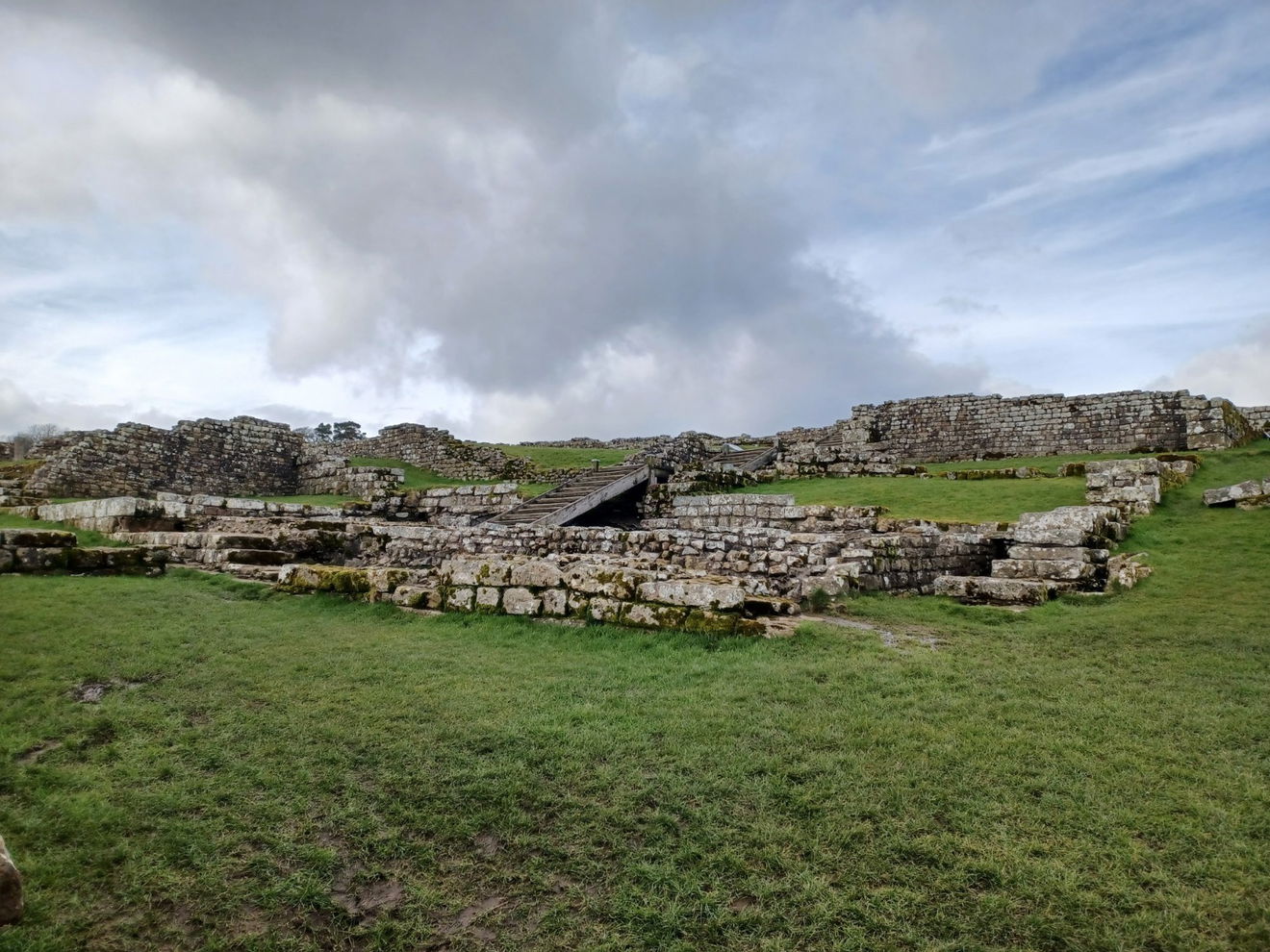
With the construction of the Wall, Housesteads saw a shift in its role. While still maintaining a military presence, the fort also developed a civilian community catering to the needs of the soldiers and their families. Shops, workshops, and even a bathhouse sprang up outside the fort walls, creating a vibrant and bustling community.
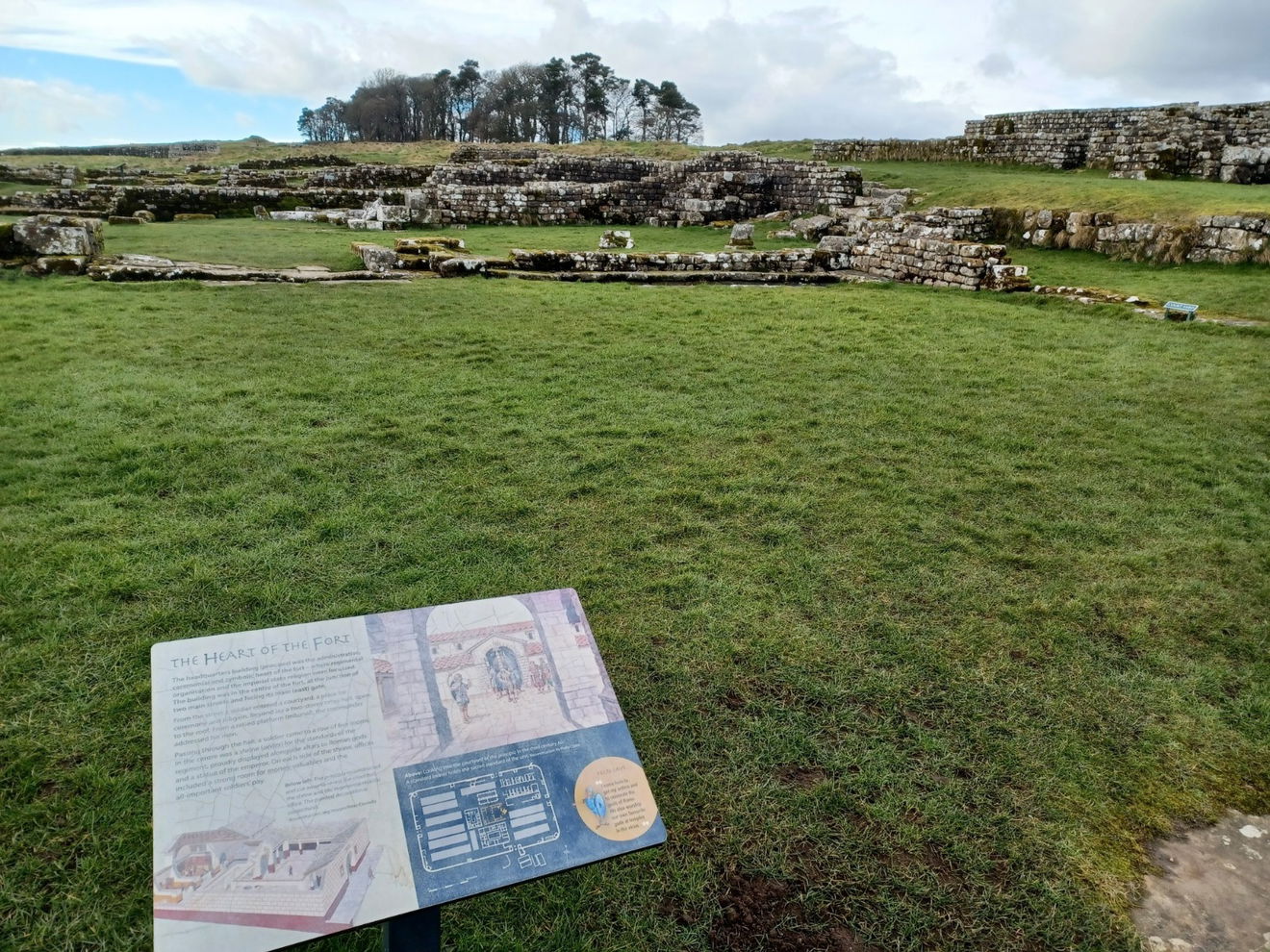

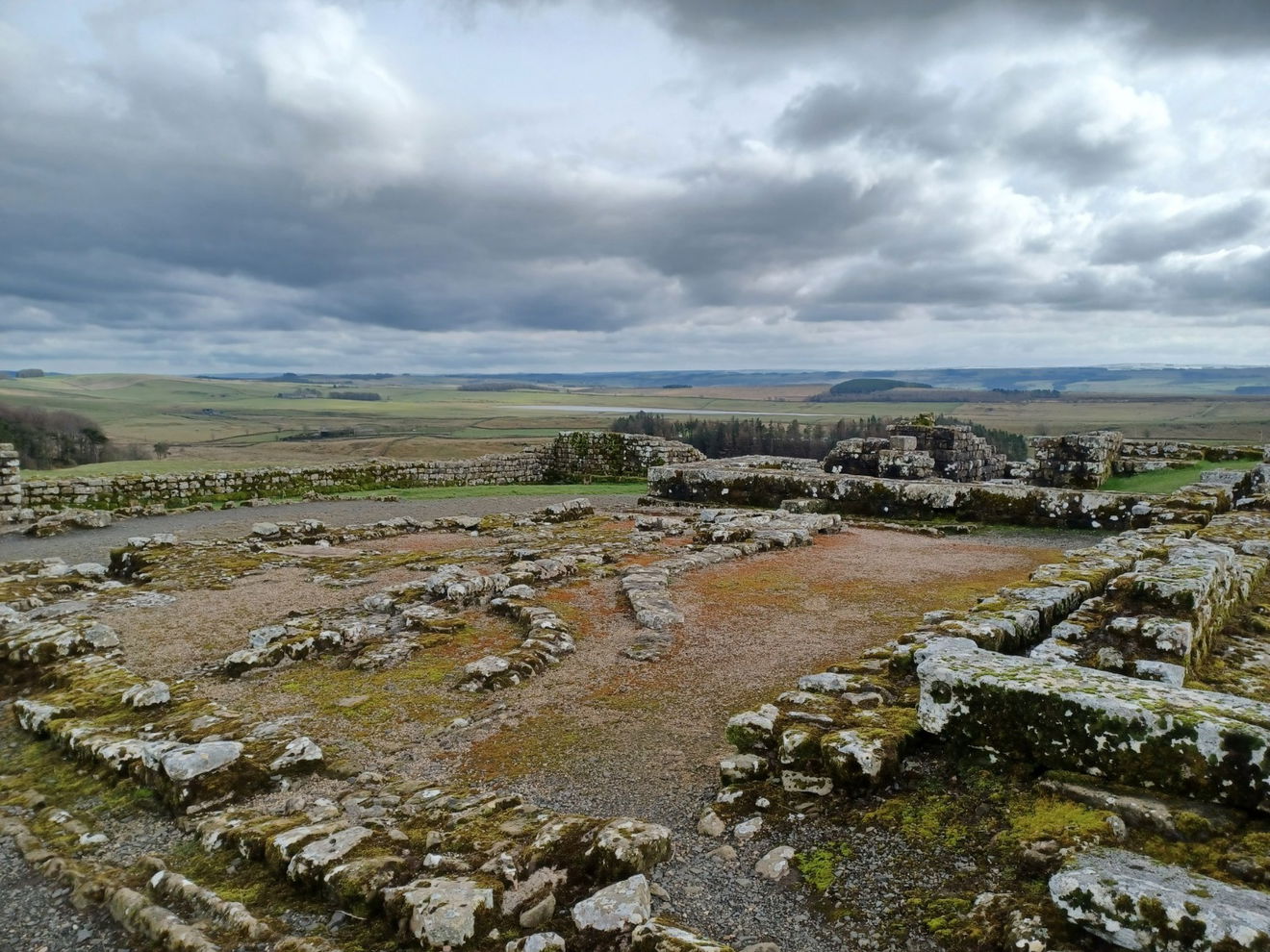
The daily lives of those inhabiting Housesteads were likely characterised by a blend of military routine and civilian activity. Soldiers stationed at the fort would have participated in regular drills, patrolled the surrounding territory, and stood guard duty. Meanwhile, the civilian population engaged in various trades, providing essential goods and services to the fort's occupants.




Beyond its military significance, Housesteads housed a dedicated temple complex, suggesting the presence of religious activities and fostering a sense of community among the inhabitants. The presence of a Mithraeum, a temple dedicated to the Persian mystery cult of Mithras, further underscores the diverse cultural and religious landscape within the Roman Empire and its influence on the frontier communities.
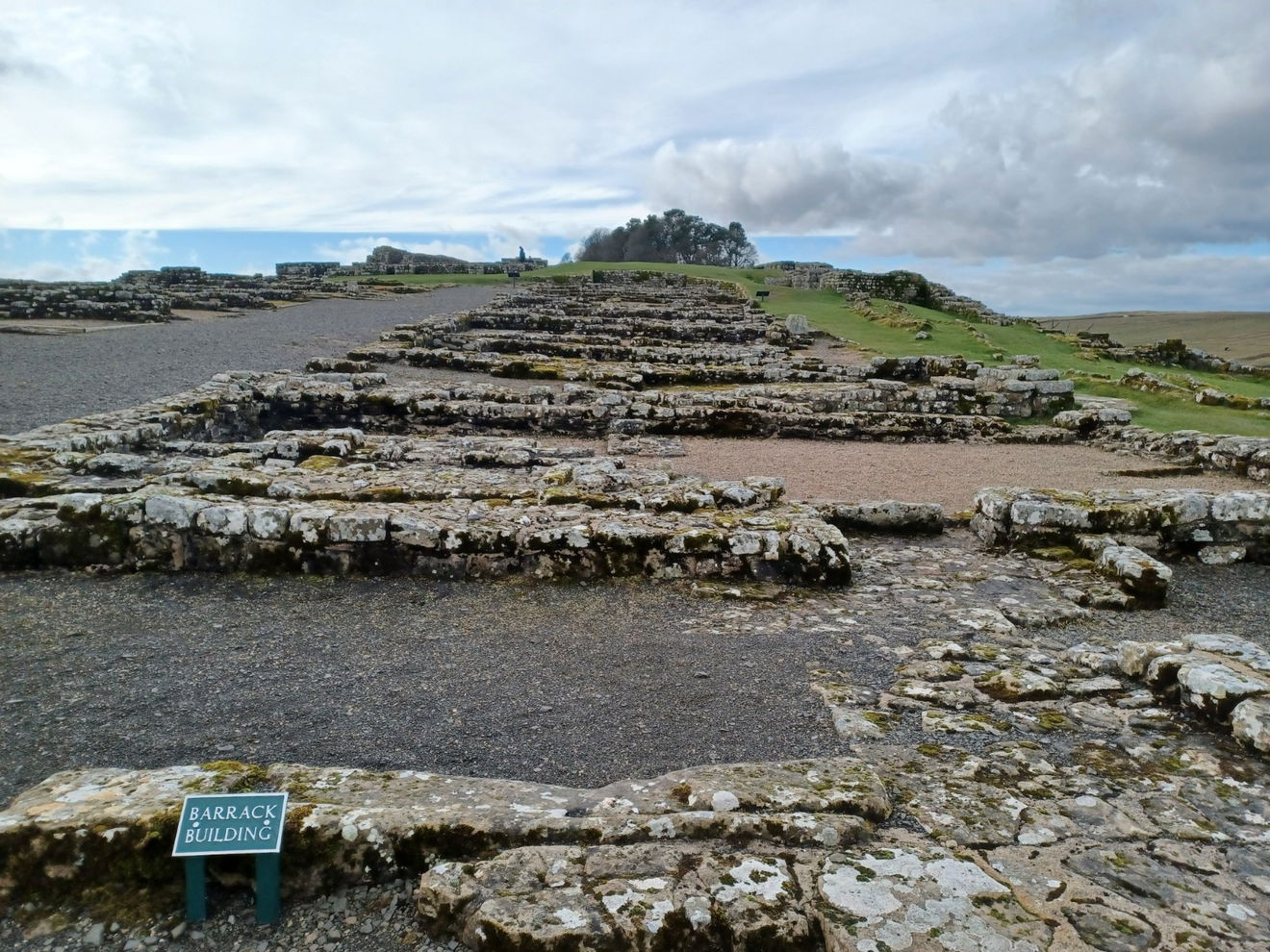
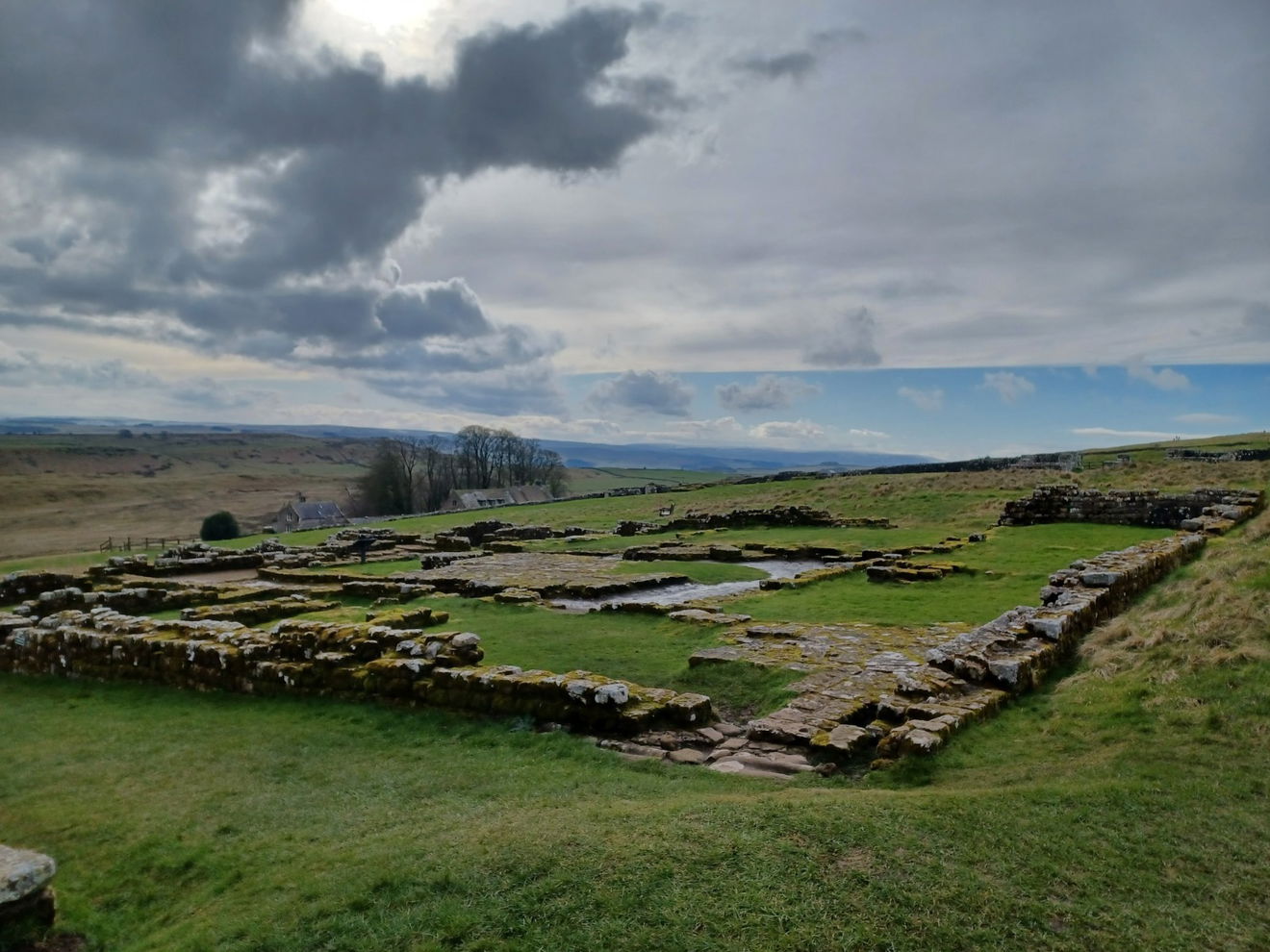
The well-preserved remains of a granary at Housesteads offer fascinating insights into the logistical challenges of maintaining a fort on the frontier. The sheer size of the granary suggests the need to stockpile food supplies to ensure the fort's self-sufficiency in the face of potential threats or disruptions in supply lines.
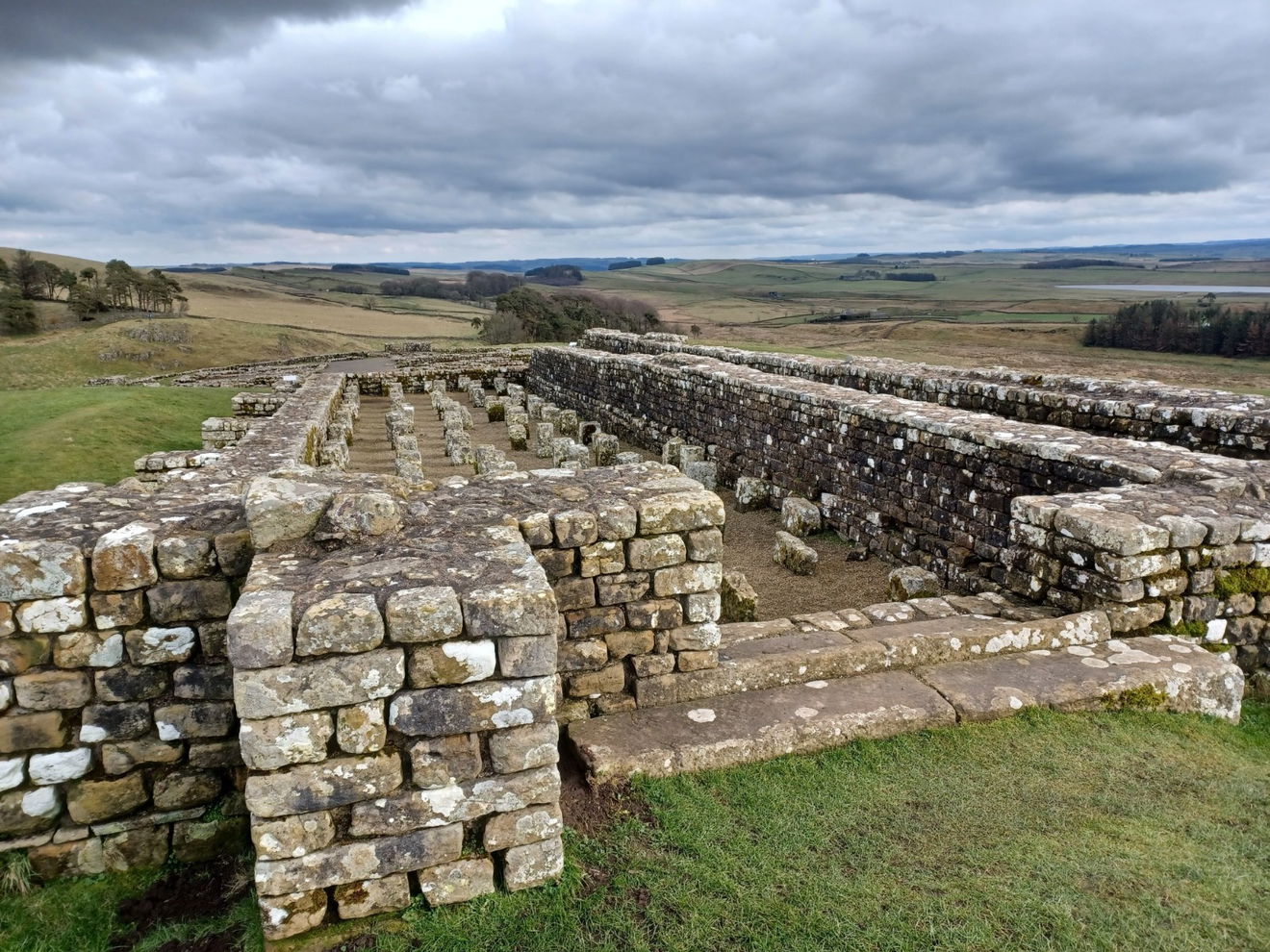
Housesteads was eventually abandoned around 410 AD as the Roman Empire withdrew from Britain. However, its legacy has endured for centuries. The remains of the fort, looked after by English Heritage, offer a captivating glimpse into the Roman world and its remarkable engineering prowess. Indeed, the site boasts the best preserved latrines, cisterns and water channels of any Roman Fort in Britain!

During our most recent visit we noticed something sitting on top of a mole hill just outside the fort complex and after giving it a bit of a wash in a nearby stream we realised we had found an old horse tooth! Whether it dated from the Roman period it is hard to say but that's what we tell everyone.


There is a visitor centre, toilets and café on site for the all important teas and wees and you can also get access to Hadrian's Wall to the east and west.
Get 2 points if you have visited this place. Already visited by 115 VIPs.
Login to the VIP area to add places to your bucket list, mark them as visited and more importantly see where you rank on the league table.
How To Find Housesteads Roman Fort
Where Is Housesteads Roman Fort?
Lat / Long
55.013247, -2.330206
What three words
Where To Park For Housesteads Roman Fort?
Lat / Long
55.010012, 55.010012
What three words
Parking is available on site.
Contributed by Andrew Gardner
I love being outdoors, in nature, and experiencing the relaxation it brings. Wandering through the northern countryside seeing unexpected buildings, historic places and occasionally surprised wildlife is one of life's great pleasures.
More Places from Andrew
More Places In Hexham
Find more fabulous places in Hexham, Northumberland and if you know of a place we haven't listed, then let us know.
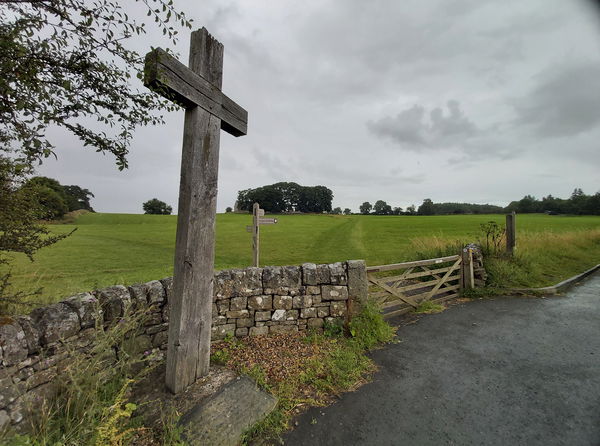
Heavenfield
Religious Place Hexham NorthumberlandA field, church and wooden cross marking the Battle Of Heavenfield. A skirmish between Northumbrians and the Welsh in 634AD.
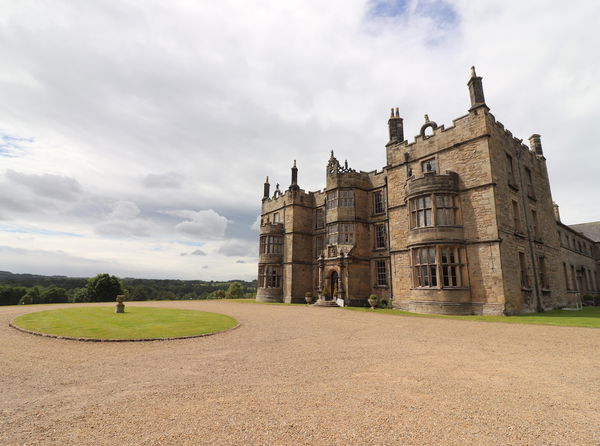
Chipchase Castle
Castle Hexham NorthumberlandA 17th-century Jacobean mansion disguided as a castle just north of Hexham.
More Military
So this military wasn't enough and you want more? Don't worry we have you covered.
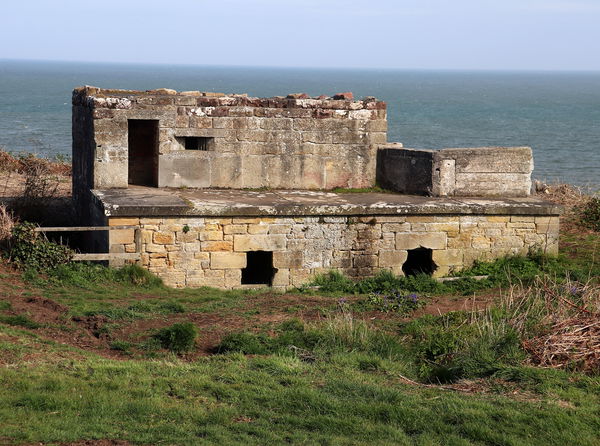
Alnmouth Gun Battery
Military Alnmouth NorthumberlandAn old gun battery from the 19th century and reused in WW2.
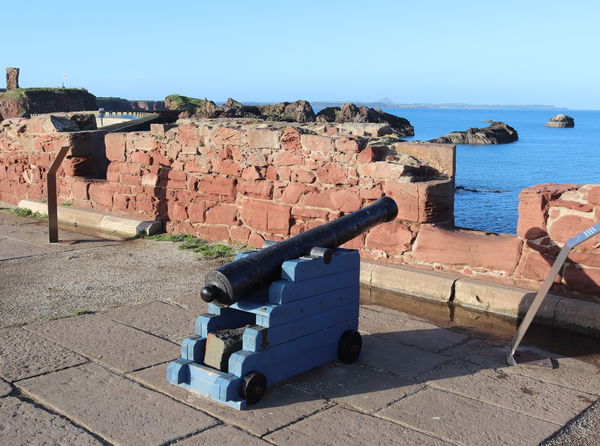
Dunbar Battery
Military Dunbar BordersAn 18th century battery protecting Dunbar Harbour from invasion and privateers.

Shotton Colliery War Memorial
Military Shotton County DurhamLifesize Durham Light Infantry soldier atop a plinth with his rifle.
Never Miss A Fabulous Place
If you are afraid of missing out on all the fabulous places we post, or just want to be the first to know, then sign up to the Fabulous North.
Each week we will email you all the brand new places that we visit.
Sign Up To AlertsFind Us On Facebook
We post all our new places daily on our Facebook Groups page, so join the group today and be notified when we add a new place.
Join Our Facebook GroupHousesteads Roman Fort was listed in Military // Northumberland // Hexham


